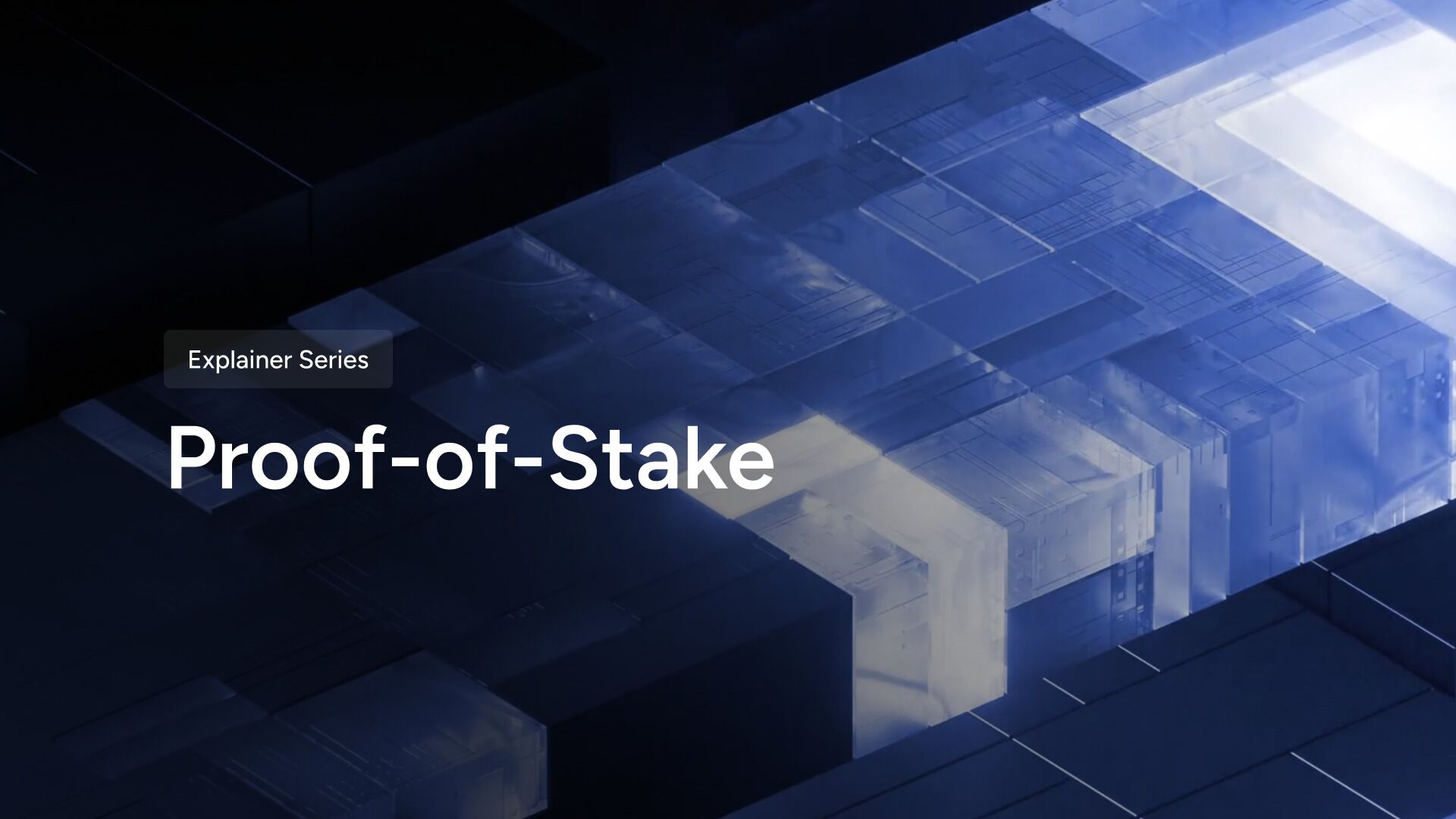What is Proof of Stake?
Proof of Stake (PoS) is a consensus mechanism used in blockchain networks to validate transactions and create new blocks.
Unlike the Proof of Work (PoW) system, which relies on computational power to solve complex mathematical problems, PoS selects validators based on the number of tokens they hold and are willing to “stake” as collateral.
Simplifying Proof of Stake
Imagine a school raffle where students can buy tickets to win a prize. The more tickets a student buys, the higher their chances of winning. However, if a student is caught trying to cheat by using fake tickets, they lose all their tickets and are banned from future raffles. This is similar to how PoS works: the more coins you stake, the higher your chance of being selected to validate transactions, but you risk losing your stake if you act dishonestly.
LEARN MORE:
“A Beginner’s Guide to Proof of Stake” – Worldcoin.org, 2023
Why Proof of Stake is Important
Energy Efficiency
One of the primary advantages of PoS over PoW is its energy efficiency. PoS does not require miners to use vast amounts of electricity to solve puzzles, making it a greener alternative. This will be explored below in greater detail.
Security and Decentralization
By requiring validators to put up their own funds, PoS aligns the interests of validators with the network’s security. This typically ensures that validators have a level of financial commitment to the blockchain proportional to the weight of their validating actions.
Validators are incentivized to act honestly because they risk losing their staked coins if they attempt to cheat the system. This mechanism helps maintain decentralization, as it lowers the barrier to entry compared to PoW systems, which often require expensive mining hardware.
Scalability
PoS systems can handle more transactions per second (TPS) compared to PoW systems. This increased scalability is crucial for the broader adoption of blockchain technology, as it allows networks to support a growing number of users and applications without compromising performance. Proof of Stake is the main reason that newer blockchains than Bitcoin have been able to implement a transactional approach for a wider variety of activities. When more transactions are possible, the blockchain can be used as more than a simple ledger that keeps track of token transfers.
LEARN MORE:
“Proof of Work vs Proof of Stake: Which is Better?” – Blockworks.co, 2022
How Proof of Stake Works
Staking
In PoS, validators are chosen to create new blocks based on the number of coins they have staked. To become a validator, one must lock up a certain amount of cryptocurrency in the network. This locked-up amount is known as the “stake,” and the action of locking these tokens is generally referred to as “staking.”
Validator Selection
In a typical Proof of Stake system, validators are selected randomly, but the likelihood of being chosen is proportional to the amount of stake they hold. This process is often compared to a lottery, where each coin staked acts like a lottery ticket—the more tickets you have, the higher your chances of winning.
LEARN MORE:
“What is a Validator?” – Bitdegree.org, 2024
Block Validation
Once chosen, a validator checks the transactions within a block to ensure they are legitimate. Once the validator correctly validates the block they receive a reward, usually in the form of additional cryptocurrency. If they validate a fraudulent transaction, they lose a portion of their staked coins, a process known as “slashing.”
Consensus
Other validators in the network then verify the block. If most agree that the block is valid, it is added to the blockchain. This collective verification process ensures the integrity and security of the blockchain.
Advantages of Proof of Stake
Reduced Centralization
PoS reduces the risk of centralization found in PoW systems, where mining power can become concentrated in the hands of a few entities with the most powerful hardware. In PoS, even those with smaller amounts of cryptocurrency can participate in the validation process, promoting a more distributed network.
Lower Barriers to Entry
Becoming a validator in a PoS system typically requires less initial investment compared to the hardware and energy costs associated with PoW mining. This accessibility encourages more participants, enhancing the network’s decentralization.
Economic Incentives
Validators earn rewards in the form of transaction fees and newly minted coins. This economic incentive aligns validators’ interests with the health and security of the network, as they have a financial stake in its success.
The Energy Efficiency of Proof of Stake
Why Proof of Work is Energy-Intensive
Proof of Work (PoW) requires miners to solve complex mathematical puzzles to validate transactions and create new blocks. This process, known as mining, involves a significant amount of computational power. As miners compete to solve these puzzles, they use large amounts of electricity to power their specialized hardware, leading to substantial energy consumption. This is particularly true for major cryptocurrencies like Bitcoin, where the difficulty of these puzzles increases over time, demanding even more computational resources and energy.
LEARN MORE:
“Cryptocurrency’s Energy Consumption Problem” – rmi.org, 2023
How Proof of Stake Saves Energy
Proof of Stake (PoS) eliminates the need for energy-intensive mining. Instead of solving complex puzzles, validators are selected based on the number of coins they hold and are willing to stake. This selection process requires minimal computational power. Here’s why PoS is more energy-efficient:
No Complex Calculations: PoS does not rely on solving complex puzzles, which are the primary driver of high energy consumption in PoW systems.
Reduced Hardware Requirements: PoS validators do not need powerful, energy-hungry hardware to participate in the network. Standard computers can serve as validators, significantly lowering energy usage.
Fixed Energy Use: The energy consumption in a PoS system is relatively constant and low, regardless of the number of validators, as it primarily involves basic computational tasks rather than intensive calculations.
Scalability: PoS systems can scale more efficiently than PoW systems. As the network grows, adding more validators does not proportionally increase energy consumption.
On GalaChain
GalaChain is built on Hyperledger Fabric, using a hybrid consensus model which includes Proof of Stake.
To learn more about how GalaChain is built or to explore the possibility of developing a project of your own on this speedy, scalable and secure L1 blockchain, check out GalaChain’s SDK or apply as a Creator at the Gala Creators Portal.
Real-World Impact
The transition from PoW to PoS can lead to a dramatic reduction in the energy footprint of blockchain networks. For example, Ethereum’s shift to PoS with its Ethereum 2.0 upgrade is expected to reduce the network’s energy consumption by over 99%. This makes PoS a more sustainable and environmentally friendly option, aligning with global efforts to reduce carbon emissions and promote green technologies.
Proof of Stake represents a significant evolution in blockchain technology, offering solutions to many of the challenges faced by Proof of Work. Its energy efficiency, scalability, and economic incentives make it a compelling choice for new blockchain projects. As the web3 ecosystem continues to grow, PoS will likely play a crucial role in ensuring secure, efficient, and decentralized networks.


